New Delhi, Oct 25 (V7N) — Delhi, already ranked as the world’s most polluted city, is once again engulfed in dense smog, turning every breath into a struggle. Hospitals across the capital are witnessing a sharp rise in patients suffering from respiratory problems as air quality reaches hazardous levels.
In a bold move to combat the crisis, the Indian government has decided to employ “cloud seeding” — a scientific process aimed at artificially inducing rainfall. Using aircraft and drones, silver iodide particles the size of ice crystals will be released into the clouds, causing them to freeze and eventually fall as rain, thereby helping to clear the air.
Researchers at the Indian Institute of Technology (IIT) Kanpur have already conducted a successful trial of this innovative technology. Following the test, officials confirmed that New Delhi is preparing to implement the process on a larger scale in the coming days.
India’s Environment Minister Manjinder Singh Sirsa hailed the development as a milestone in the country’s fight against air pollution.
“Today is a historic day for Delhi. IIT Kanpur has successfully tested cloud seeding for the first time. We are now ready to improve Delhi’s air quality by ensuring the full implementation of this process,” he said.
However, the initiative has sparked debate among environmental experts. Critics warn that while cloud seeding may offer temporary relief, the use of chemicals such as silver iodide and sodium chloride could have long-term effects on agriculture, ecosystems, and human health if not managed carefully.
Despite the concerns, authorities believe that the experiment could mark the beginning of a new scientific approach to tackling India’s persistent pollution crisis.
END/SMA/AJ



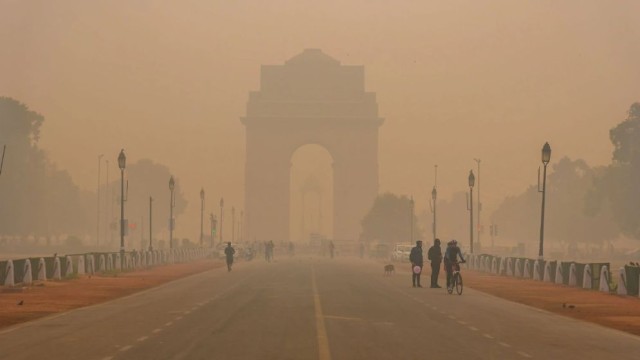





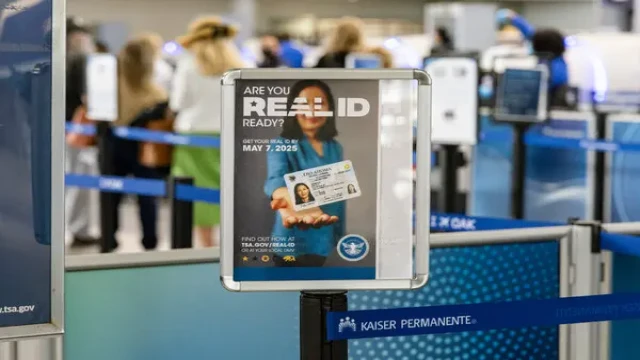





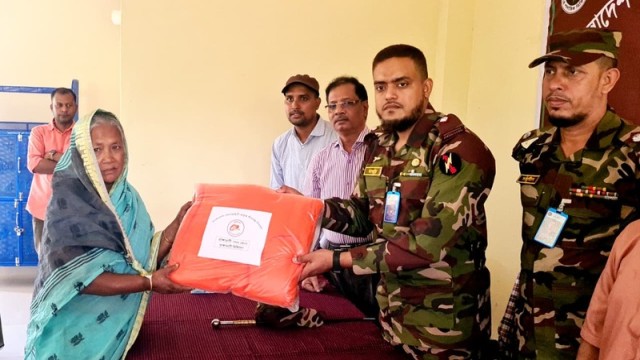
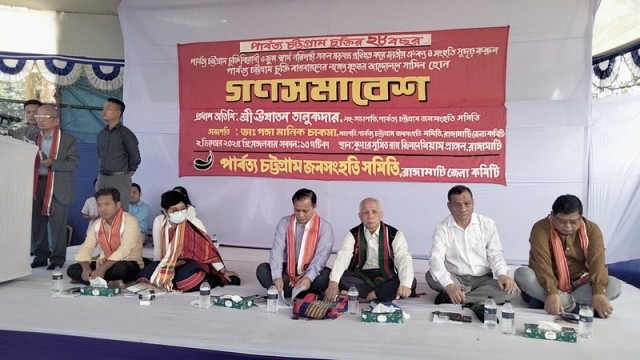

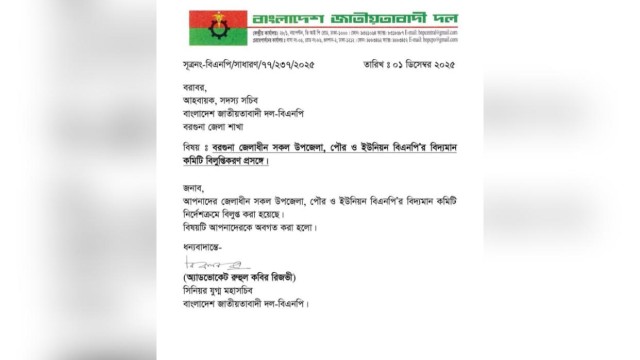






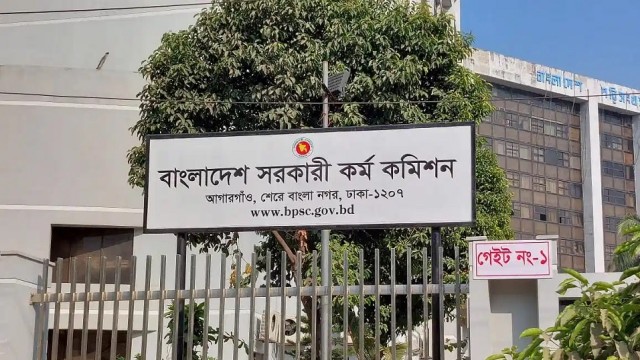


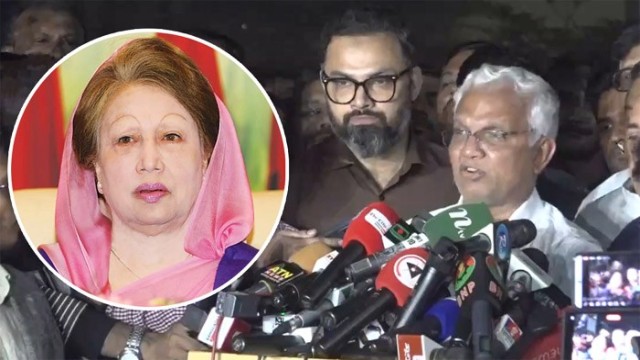
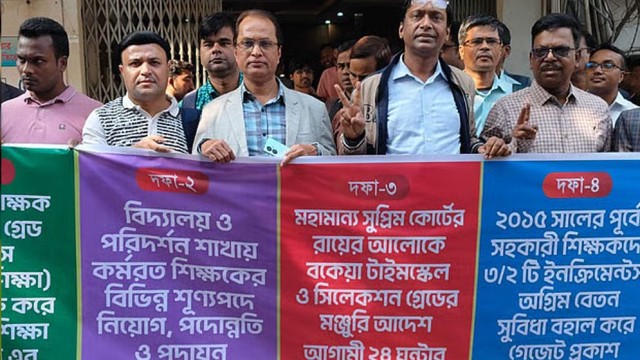
Comment: